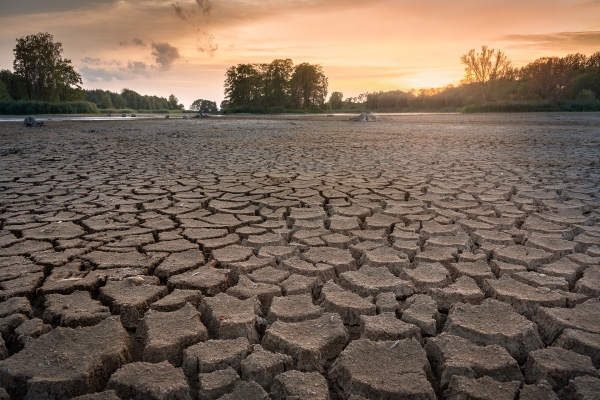Climate change alters the global atmospheric circulation, which in turn alters precipitation and evaporation in large parts of the world and, in consequence, the amount of river water that can be used locally. So far, projections of climate impact on stream flow have usually been calculated on the basis of physical models, e.g. the projections reported by IPCC (Intergovernmental Panel on Climate Change).
However, new data analyses conducted under the leadership of Prof. Günter Blöschl (TU Wien, Vienna) indicate that previous models systematically underestimate how sensitively water availability reacts to certain changing climate parameters. An analysis of measurement data from over 9,500 hydrological catchments from all over the world shows that climate change can lead to local water crises to an even greater extent than previously expected. The results have now been published in the scientific journal "Nature Water".
Model approach and measured data approach
"In the climatology community, the effects of climate change on the atmosphere are very well understood. However, their local consequences on rivers and the availability of water falls into the field of hydrology," explains Prof. Günter Blöschl from the Institute of Hydraulic Engineering and Water Resources Management at TU Wien.
Read more at: Vienna University of Technology
Photo Credit: Seaq68 via Pixabay


